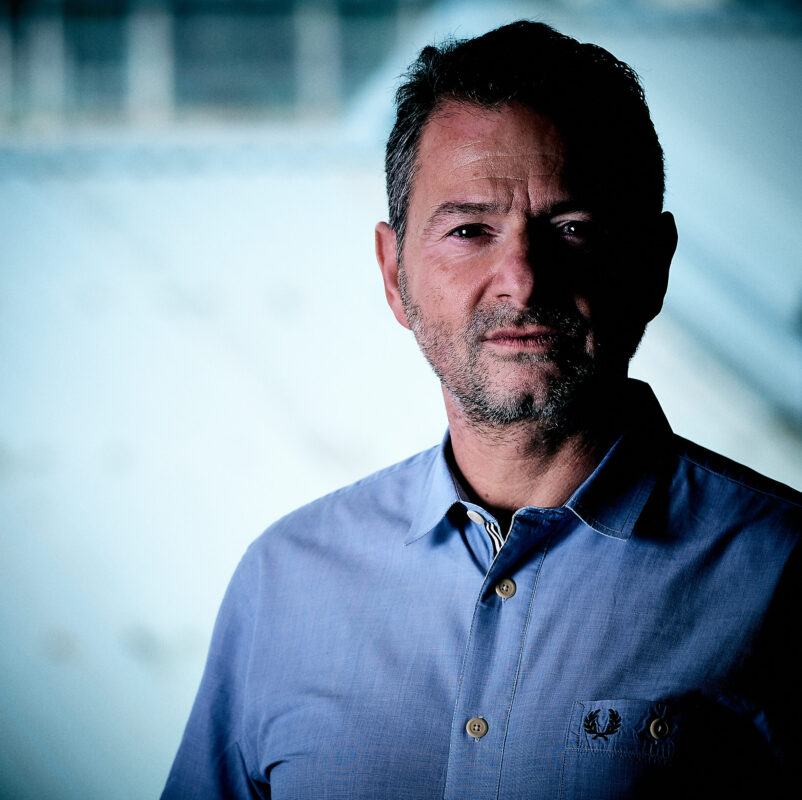See in Part 1 of this interesting article the general role of remote methods of research as well as the three trends being currently observed, the role of the new comers and the potential for remote research, before diving here on the requirements for automation of the industry, what limitations it should still overcome, and the way forward.
This article, divided into two part due to length, is extracted from the 2020 Global Market Research report, where you can find detailed information on the insights industry for the world’s countries. Considered a must-have in the professional’s toolbox, this year’s edition of the Global Market Research report explores a more complete picture of the insights industry beyond the established market research and includes the tech-enabled side of data and analytics. Get the full report here (free to ESOMAR members)
Automation required
Findlay compares the debate around remote research to another very current discussion: do we really need to congregate in a central office every day? “Arguably, many research organisations have only survived the COVID-19 period due to a quick shift to remote and passive. I don’t see us going back to the same degree as before.” Lavoie thinks that these methods have been a necessity for a long time, and will certainly continue to be so in the future. “The pandemic and the global recession make remote research both more appealing as well as the appropriate technique moving forward.” The key factors she identifies for this trend are: 1. lack of travel budget for companies expanding into new markets, 2. more of the world coming online, and 3. health and safety.
Does this mean that the ‘human factor’ in market research is under threat? Bulut thinks the opposite is true. “It will actually be enhanced. We will see consumers speaking to us in ways they’re more familiar and comfortable with – in photos, videos and open text – not only improving the quality of the data we’re gathering, but also providing more depth to what they’re sharing. If we want people to talk to us in their own words, then how we ask the questions is going to require automation. Imagine a machine being able to adapt questions based on the answers consumers give, because it understands what they’re saying – recreating the natural flow of conversation, at scale.” She is convinced that Natural Language Processing (NLP) is getting closer and closer to these near real-time capabilities, helping researchers get deeper and deeper and uncover the unconscious thoughts of consumers.
Another issue Bulut recognises when it comes to face to face interviews is that, like many established methodologies, they rely on recall and assumptions. “They don’t capture the reality of human decision making, because they’re not capturing these experiences in the moment of making them.”
Awkward pauses

So what is the future of asking questions? Findlay thinks that there are ‘direct’ methods for asking quasi face to face and focus groups via digital platform, online communities and chatbots. “I do not see those going away. We always need to ask questions framed in the research paradigm because there is only so much we can do to shoehorn the passive insights into the form that we need.”
To Michael ‘asking questions’ is a relative concept because we get unsolicited customer opinions from social intelligence as opposed to solicited when asking questions. He expects face to face to decline and mostly be used for product involved qualitative research. He sees that online focus groups types are already multiplying and can be described in two dimensions: synchronous vs asynchronous, one to one vs one to many vs many to many. “Bulletin boards, chat groups and video diaries have the potential to replace physical focus groups and in-depth interviews.”
Lavoie admits she could write pages and pages on the topic. She feels that the future of asking questions will require more patience, and a broader understanding for what is normal. “One of the most important skills we can possess is that of allowing silence. This will be an even more important asset moving forward: remote methods will have errors and glitches, just as face to face methods have awkward pauses, and those are not things to be avoided or planned against, but are things to embrace as part of the process.” She expects face to face never to be completely replaced by remote methods. “There will always be reasons and circumstances which would necessitate in-person discussion. The simple truth, however, is that the entire world is learning to function more online, and good market research will seek to understand that functioning amidst this shift.”
Natural evolution
The move from solicited to unsolicited opinion will be nothing less than a paradigm shift, predicts Michael. He describes it as going from mere samples to an entire universe of opinions. “Instead of representative-expressed opinion we will be more interested in total reach and impact. In other words, it’ll become more important to understand those who read online (some 80-90%) than those who proactively post online (10-20%). And before anyone asks: no one cares if they post fake news, or if the people posting are only the negatively inclined ones, or if they were paid to share an opinion. In the end, most of the readers will not know that, but they will be impacted by the opinions expressed nevertheless. The paradigm shift that most established researchers did not get so far is: moving from understanding the opinion of some respondents – who may be representative or not – to understanding the impact of an expressed opinion. Which of the two do you think is more valuable for brands?”
Bulut feels that the insights industry has been on the verge of a big shift for some time. She says that established methods aren’t always providing the quality data necessary to understand the way human beings think and behave. “COVID-19 has opened a lot of people’s eyes – businesses can’t rely on the status quo anymore, they simply won’t survive. Just because something has been done a certain way for decades, doesn’t mean it’s the right way.”
Findlay thinks that a long overdue acceleration is taking place of the adoption of techniques that have been sitting on the horizon for a while. “These represent a natural evolution of what we do, rather than a revolution. The market research paradigm stays the same. We still focus on answering useful client questions but the tools we use to chip away at that paradigm are evolving.” These tools have always been there, says Lavoie, but she adds that remote methods are finally going to be seriously considered as reliable – in their own, important ways. “The adoption of these approaches and their addition to the client’s consideration set represent substantial changes, yes, but the tools themselves have been patiently waiting to be discovered for the depth of their capabilities.”

Kantar Insights, South Africa

Streetbees

DigitalMR

MindSpark Research International


